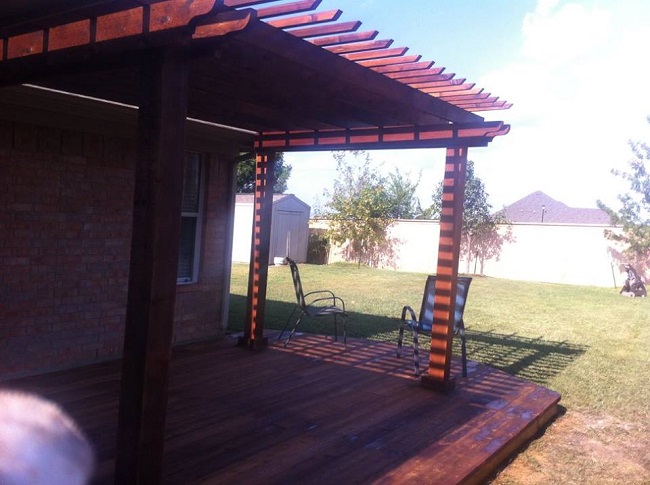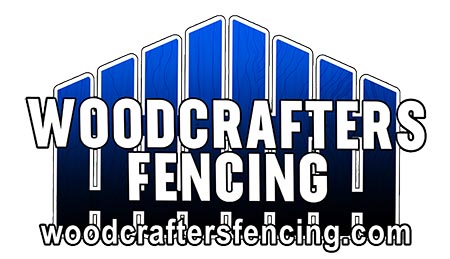Go Green with Western Red Cedar Decks
Proponents of composite decking suggest that their material combinations of recycled plastic, wood particles, and some other chemicals are the green alternatives to western red cedar. But when you compare apples to apples, this claim simply does not stand up. Before going out and building decks made from something other than western red cedar wood, know the details!

Renewable Resources vs. Man-made Content
Cedar trees are renewable resources. Manufacturing composite materials, in spite of the recycled content, still requires much more energy than harvesting a tree. When homeowners finally replace their decks, the wood enters the cycle of natural decay; polyethylene does not.
No Toxic Chemicals, Please
What does it take to keep a deck mold free? When exposed to the elements, any material can become a growth substrate for mold or mildew. For manmade materials, you might add toxic chemicals to remove the growth or keep it at bay. Not so with cedar; the wood contains thujaplicins within its resin, which is a substance that makes the material naturally inhospitable for the development of fungal colonies and bacterial growth.
Beautiful for Years to Come
Did you know that the stunningly vibrant colors of composite materials fade? Given enough sun exposure and weathering, it may fade only in spots or all across the expanse of the deck. Of course, the same goes for a cedar deck; however, you do have the option of re-staining it with ease. This option is not necessarily available for the composite.
Because our experts work with the material on a daily basis, we know that it is superior not just for going green, but also for bringing pizzazz to your home or backyard. Contact us today to find out more!
